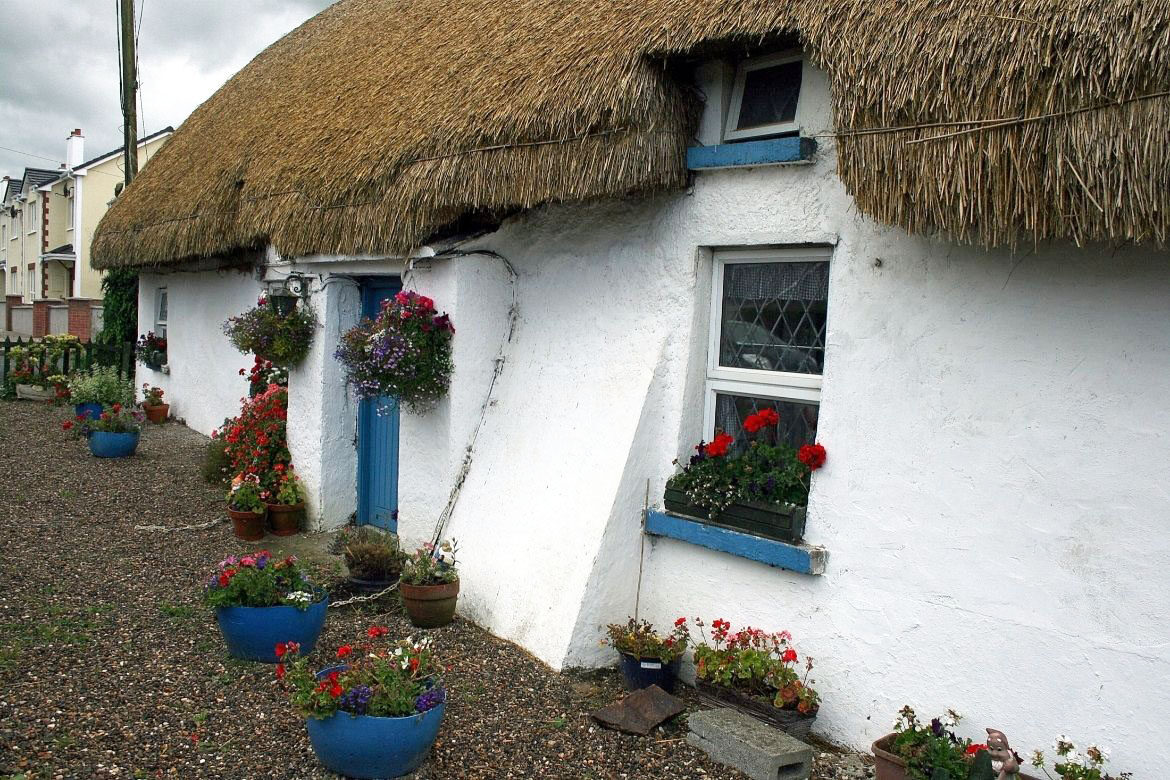The government plans to develop a way of recording both vernacular heritage and buildings. A pilot project for new farm buildings, which would integrate old building styles, has been recommended in a new strategy aimed at preserving Ireland’s old vernacular buildings.
These pertain to both domestic and farm buildings, which were built by the occupants themselves, thereby drawing on longstanding traditions.
According to authors of the strategy, titled A Living Tradition, “This action will deal specifically with farm buildings, with a view to encourage a move away from current models of industrial-scale, utilitarian-style farm structures through developing models for new farm buildings that heed the lessons of the vernacular.”
This pilot project by the Department of Heritage will see guidance published on farm buildings, and Teagasc is to partner on the venture.
Farmers, farm bodies, farm building designers, craftspeople and agricultural colleges are set to be included.
Knowledge of the factors leading to the viability or decay of farming hamlets is sought, such as closely-grouped farmyards in a variety of configurations which are found in every county, but are prone to total loss or loss of character.
Built vernacular heritage will also be examined – this includes churn stands, farm and field gates, wells, old potato ridges, booley (transhumance) sites, field boundaries and gates, bushes and stones with traditional associations and mass paths and old (often disused) routeways.
LSL News.

